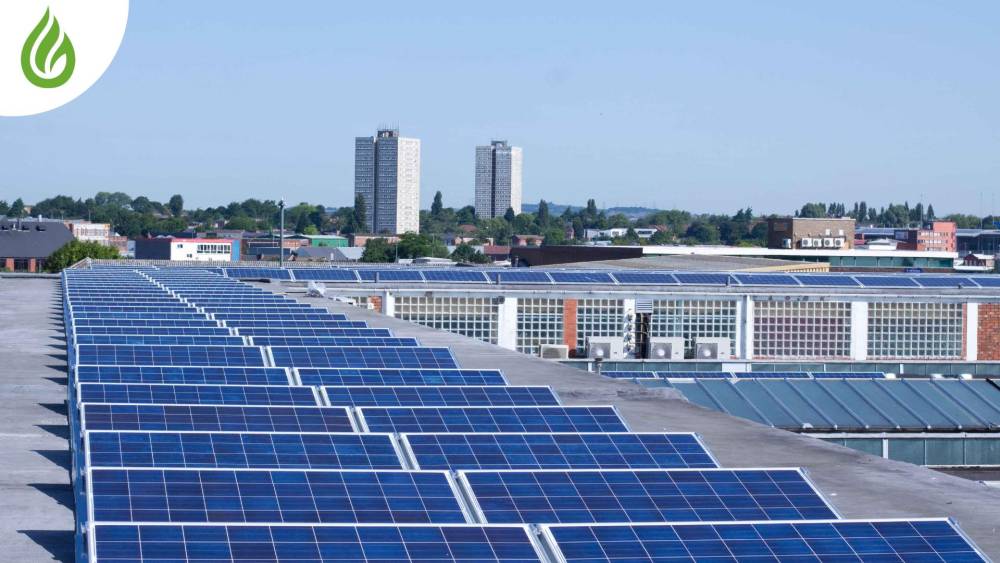Investing in a solar photovoltaic (PV) system for your home is a significant step towards reducing energy bills and minimizing your carbon footprint. With numerous options available, selecting the ideal solar PV system can be daunting. This guide will walk you through the key factors to consider, ensuring you make an informed and effective choice.
Evaluate Your Electricity Usage
Begin by reviewing your electricity bills from the past year. Calculate your average monthly and annual energy consumption in kilowatt-hours (kWh). This information will help determine the appropriate size for your solar PV system.
Anticipate Future Energy Needs
Consider potential changes that might increase your energy usage, such as adding an electric vehicle, setting up a home office, or expanding your household. Planning for these future needs will ensure your solar system remains adequate over time.
Analyze Your Roof’s Characteristics
Orientation and Tilt
The orientation and tilt of your roof greatly impact solar panel efficiency. In the northern hemisphere, south-facing roofs are ideal as they receive the most sunlight. The optimal tilt angle typically matches your geographical latitude.
Roof Condition
Ensure your roof is structurally sound and capable of supporting the weight of solar panels. Address any necessary repairs or replacements before proceeding with installation.
Shading
Evaluate potential shading from trees, chimneys, or nearby structures that could reduce your solar panels’ efficiency. Solutions like microinverters or tree trimming can help mitigate shading issues.
Efficiency and Wattage
Consider the efficiency and wattage of the solar panels. Higher efficiency panels produce more power in a smaller area, which is beneficial if roof space is limited.
Evaluate Inverter Options
Types of Inverters
- String Inverters: Cost-effective but susceptible to performance issues if one panel is shaded.
- Microinverters: Installed on each panel, allowing for individual optimization, ideal for shaded roofs.
- Power Optimizers: Work with string inverters to optimize each panel’s performance, balancing cost and efficiency.
Explore Financing Options
Purchase vs. Lease
- Purchasing: Offers long-term savings and allows you to benefit from tax credits and incentives.
- Leasing/PPA (Power Purchase Agreement): Lower upfront costs but typically results in smaller savings as the leasing company owns the system and reaps the incentives.
Loans and Incentives
Investigate solar loans, federal tax credits, state incentives, and local rebates that can significantly reduce the cost of your solar PV system.
Choose a Reputable Solar Installer
Research and Reviews
Look for certified installers with positive reviews and a strong track record. Check for certifications such as those from the North American Board of Certified Energy Practitioners (NABCEP).
Warranties and Maintenance
Inquire about warranties on both equipment and installation. A good warranty typically covers 20-25 years for panels and 10 years for inverters. Also, discuss maintenance plans and ongoing support.
Understand the Installation Process
Permits and Regulations
Your installer should handle the permitting process, ensuring compliance with local regulations and utility requirements.
Timeline and Disruptions
Understand the installation timeline and any potential disruptions. While installations usually take one to three days, the entire process from contract signing to activation can span several weeks to months.
Monitor Your System’s Performance
Monitoring Tools
Opt for a system with robust monitoring tools that allow you to track energy production and consumption in real-time. This helps identify issues early and optimize energy usage.
Maintenance Tips
Keep your panels clean and free from debris. Regularly check for shading issues and ensure system components are functioning correctly.
Choosing the right solar PV system for your home requires careful consideration of your energy needs, roof characteristics, panel and inverter options, financing, and installer reliability. By following these guidelines, you can make a well-informed decision that maximizes your investment and contributes to a sustainable future.

